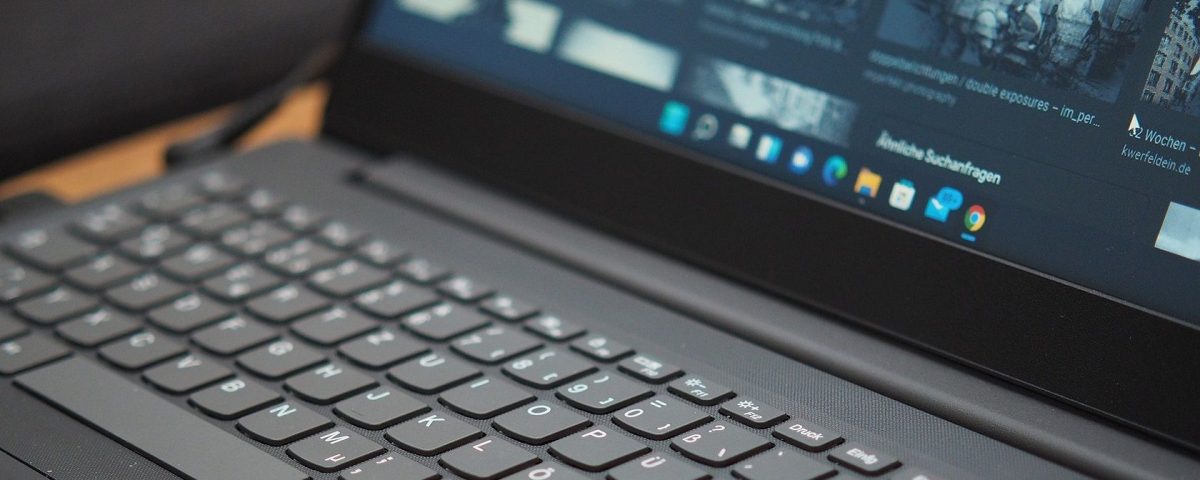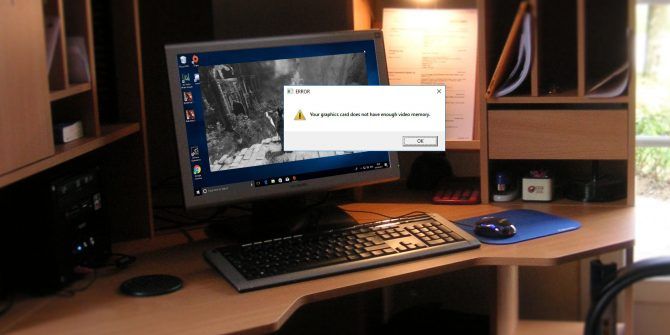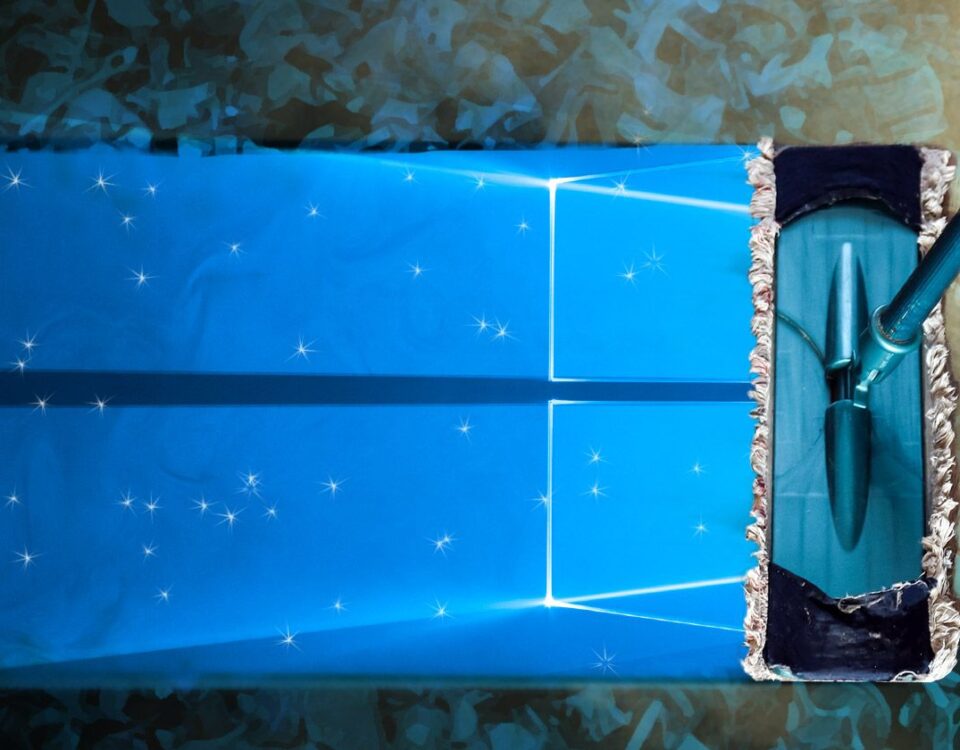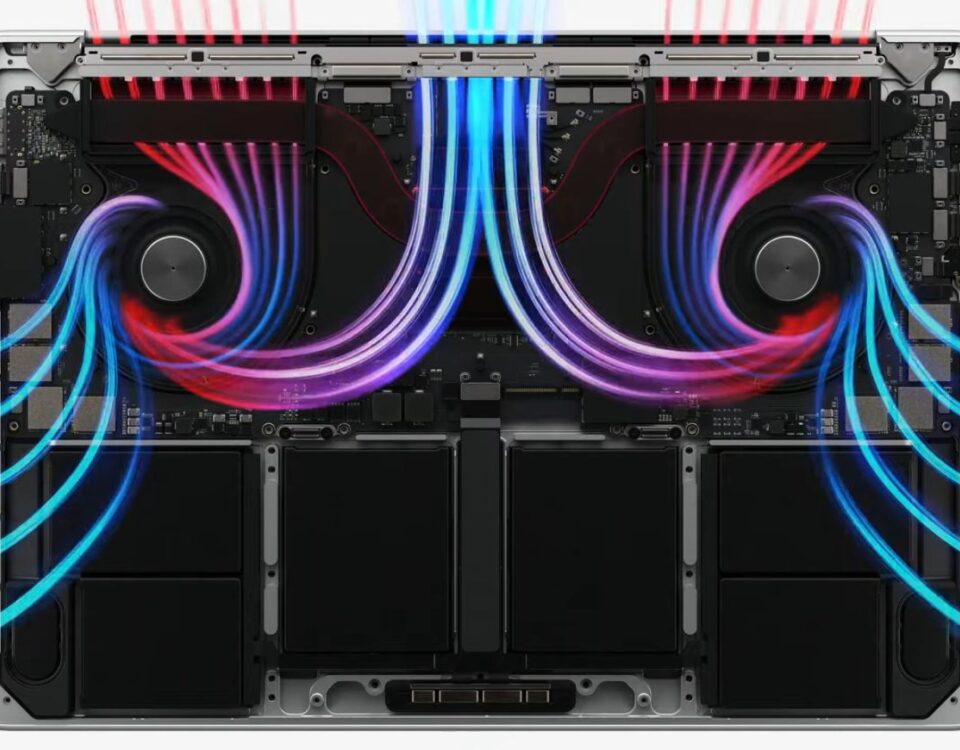Windows 11 is Microsoft’s newest Windows release, and with it comes a lot of promises and changes from Microsoft. From a fresh, modern look to brand-new features, Windows 11 is quite a bit different than Windows 10.
While most of these differences are cosmetic, there are some notable changes that Microsoft has implemented in its new OS.
Let’s take a look at the biggest differences between Windows 10 and Windows 11.
A New, Centered Taskbar
Boot up Windows 11 and the first thing you notice is the centered Taskbar. Compared to the left-oriented taskbar of Windows 10, the taskbar in Windows 11 looks more like something from macOS than from a Microsoft platform, as every Windows version has had a taskbar that resides on the left.
Aside from the positional changes, the Windows 11 taskbar has lost and gained a couple of major features. For instance, you can’t make it taller. Also, unlike Windows 10, you can’t move the taskbar around the screen.
Moreover, you also lose the ability to make the taskbar icons smaller in Windows 11, something you could do in Windows 10.
That said, Microsoft has tried to give the taskbar a significant touchup. There are new animations for launching, minimizing, and maximizing apps. There are also new icons for Search, Start Menu, Widgets, and Chat.
All in all, Windows 11 taskbar has changed considerably compared to Windows 10.
Windows 11’s Brand New Start Menu
Perhaps the most controversial change in Windows 11, the Start Menu from the Windows 10 is gone, and Microsoft has replaced it with a centered, stripped-down version without Live Tiles.
Live Tiles are a big part of the Windows 10 Start Menu. When Microsoft removed them from Windows 11, the company got a vocal response from both sides of the camp. People who loved Live Tiles’ ability to deliver information at a glance, lament their loss. On the other hand, people who never used them, praise their removal.
In place of Live Tiles, we’ve got a Pinned apps section where you can pin apps for faster access. You can hit the All apps button to see all the apps that you’ve installed on your PC.
Another change in Windows 11’s Start Menu is the new Recommended section where the OS displays the most used apps and files. You can disable the Recommended section from inside the Settings app if you don’t like it.
Finally, just like Windows 10, Windows 11 retains Start Menu’s search function. The only difference is that the search bar is now located on top of the menu rather than at the bottom.
Microsoft surprised everyone earlier in 2021 by adding the News and Interests widget to Windows 10 taskbar. The widget displays weather information and news from different outlets. You can customize the news by liking and removing the entries. And according to Microsoft, the AI algorithm will take your interests and curate a news feed for you.
The Widgets panel in Windows 11 works just like the Windows 10 version, but with some added functionalities and new design. In the panel, there are tiles that show you news, weather information, calendar, to-do lists, and sports results. You can customize the layout to some extent by adding and removing widgets.
In short, the Widgets panel displays much more information than Windows 10’s News and Interests feature. Also, it is way nicer to look at.
Windows 11’s Snap Layouts
Windows 10 allows you to snap apps in place by dragging them to the edge of the screen. But you have to do the snapping and the resizing of the app windows manually. Windows 11 simplifies the process through Snap Layouts.
In Windows 11, if you hover your mouse over the minimize/maximize button, a menu showing the different Snap Layouts pops up. For instance, from the menu, you can choose to open two apps side by side by clicking on the relevant layout. Once you’ve chosen the layout, you can choose the apps to populate the layout.
Moreover, after setting the apps inside a layout, you can minimize/maximize them as a group. The group layouts also move over to any connected external displays.
Windows 11 Comes With Android App Support
At the start of the Windows 10 era, Microsoft wanted Windows to be a multi-platform OS. From PCs to smartphones to gaming consoles, Windows 10 was meant to power everything. To make that vision a reality, Windows 10 needed mobile apps.
During the 2015 Build conference, Microsoft announced Project Astoria, a set of tools to ease the porting of Android and iOS apps to Windows 10. Project Astoria was only available as a beta and the company canceled it in fall 2016 to focus on iOS porting tools alone.
In short, Windows 10 never had mobile apps. A fact that still hurts the Windows on ARM.
Since then, Microsoft’s focus has shifted from convincing developers to port their apps to making Windows run apps made for other platforms. And it is because of this focus that Windows 11 has launched with support for Android apps.
Windows Subsystem for Android (WSA) allows Windows 11 to run Android apps. You can install apps on your PC through the Amazon Appstore built into the new Microsoft Store. Because the apps run natively, you can install them, pin them to the taskbar, and group them in layouts.
In essence, Android apps installed on Windows 11 PCs behave like native Windows apps, for the most part. With the incoming Google Play Games support on Windows, the Android app ecosystem will become even better.
Windows 11: A Departure in Some Ways and a Familiar Sight in Others
Windows 11 has a lot going for it. The OS looks modern with a clean aesthetic, a renewed focus on touchscreen-based devices, support for mobile apps, and productivity-focused features like Snap Layouts.
But for all of its UI changes and new features, Windows 11 is Windows 10 in disguise. The two OSes have more in common than Microsoft would care to admit. In fact, Windows 11 wasn’t even meant to be called “Windows 11”.
Read Next
About The Author









